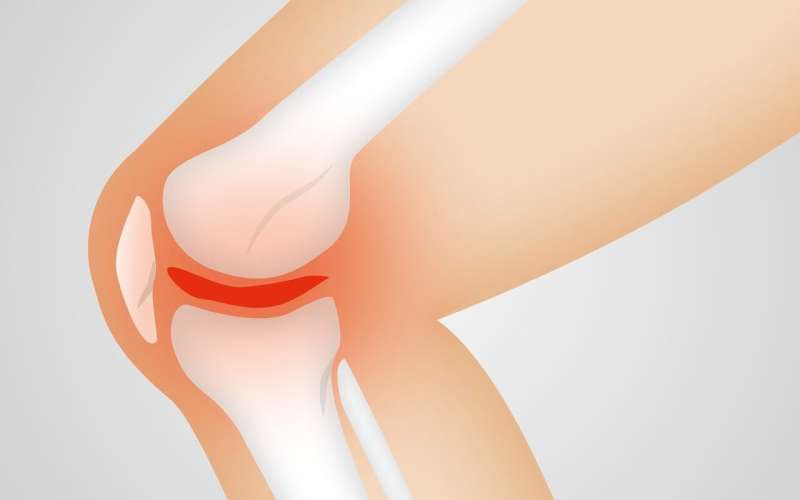renova maroc


Wear and tear on joints can lead to inflammation, breakdown of cartilage and development of osteoarthritis. Scientists at UF Scripps Biomedical Research have found a possible new target to fight this painful cascade.
In a study published Thursday in the journal PLOS One, biochemist Patrick Griffin, Ph.D., and colleague Mi Ra Chang, o que cialis Ph.D., describe a specific protein that manages activities within chondrocytes, a critical cell type that maintains healthy cartilage in joints.
As people age and stress their joints, their chondrocytes begin to fail. The UF Scripps team found that activating a specific protein in these cells called RORβ (beta) could restore multiple factors needed for smooth joints to healthier levels, helping to control inflammation. Activating RORβ could thus present a useful new strategy to prevent or delay development of the degenerative joint disease osteoarthritis, said Griffin, a professor of molecular medicine and scientific director of UF Scripps Biomedical Research.
“People need an osteoarthritis medication that addresses the root cause of cartilage damage and depletion as there currently are no disease-modifying drugs for what is the No. 1 cause of disability in the United States,” Griffin said. “While our work is in the early stages, our study suggests that the nuclear receptor RORβ could present a novel therapeutic target to protect cartilage damage and perhaps turn on cartilage regeneration.”
RORβ, short for “retinoic acid receptor-related orphan receptor beta,” is a type of protein called a nuclear receptor. In our cells, genes switch between periods of activity and inactivity. When nuclear receptors bind to DNA, that activates the cell’s process of transcribing genes into proteins. RORβ has been linked to development of the eye’s retina during fetal growth, and it can influence circadian rhythms by controlling clock genes. But its role in maintaining cartilage health was unclear.
Griffin has studied causes of bone diseases for many years. He zeroed in on RORβ for several reasons. While few studies have been focused on this receptor, some had shown correlation between the receptor’s activity and bone loss. So he and Chang set out to better understand it. Chang engineered cell lines to enable the studies.
“To our surprise, the gene program upregulated by increase in RORβ activity was supportive of the formation of chondrocytes, anti-inflammatory, and protective against cartilage degradation,” Chang said.
Griffin said the team has launched additional studies because of the enormous need for osteoarthritis solutions. In the United States, an estimated 32 million people live with the painful condition.
Source: Read Full Article